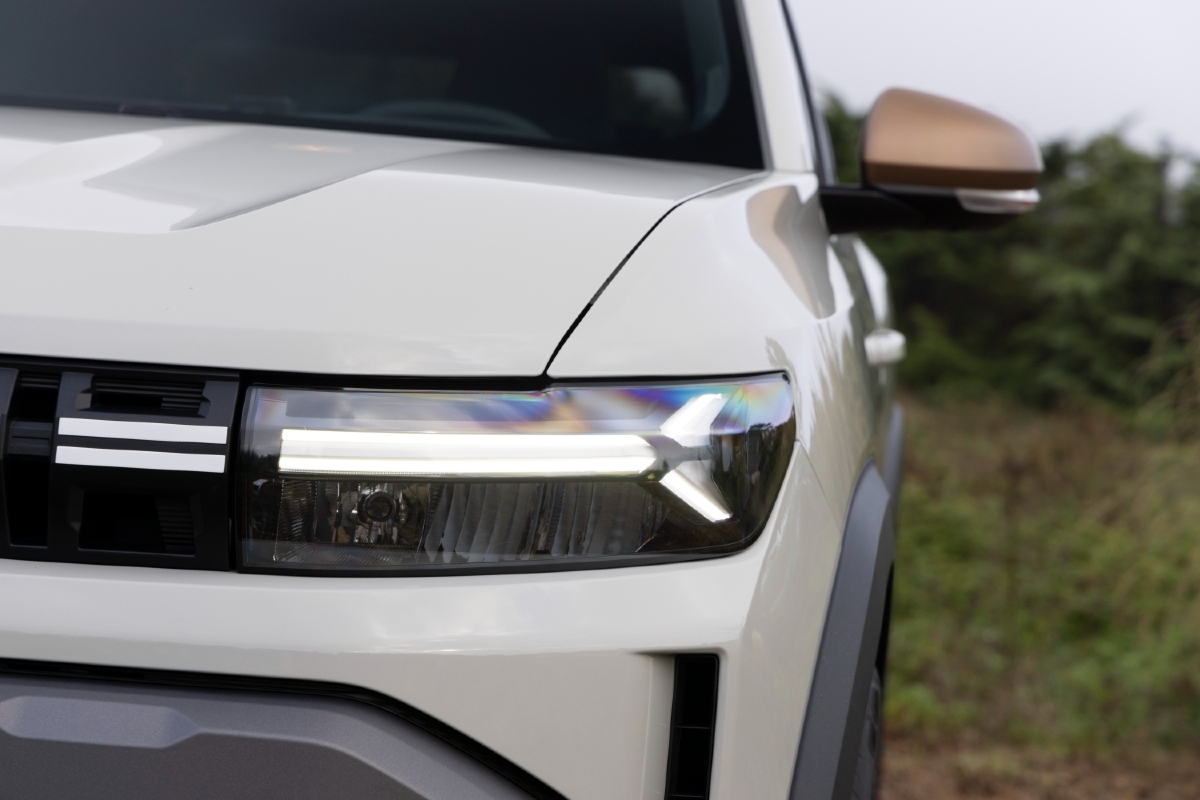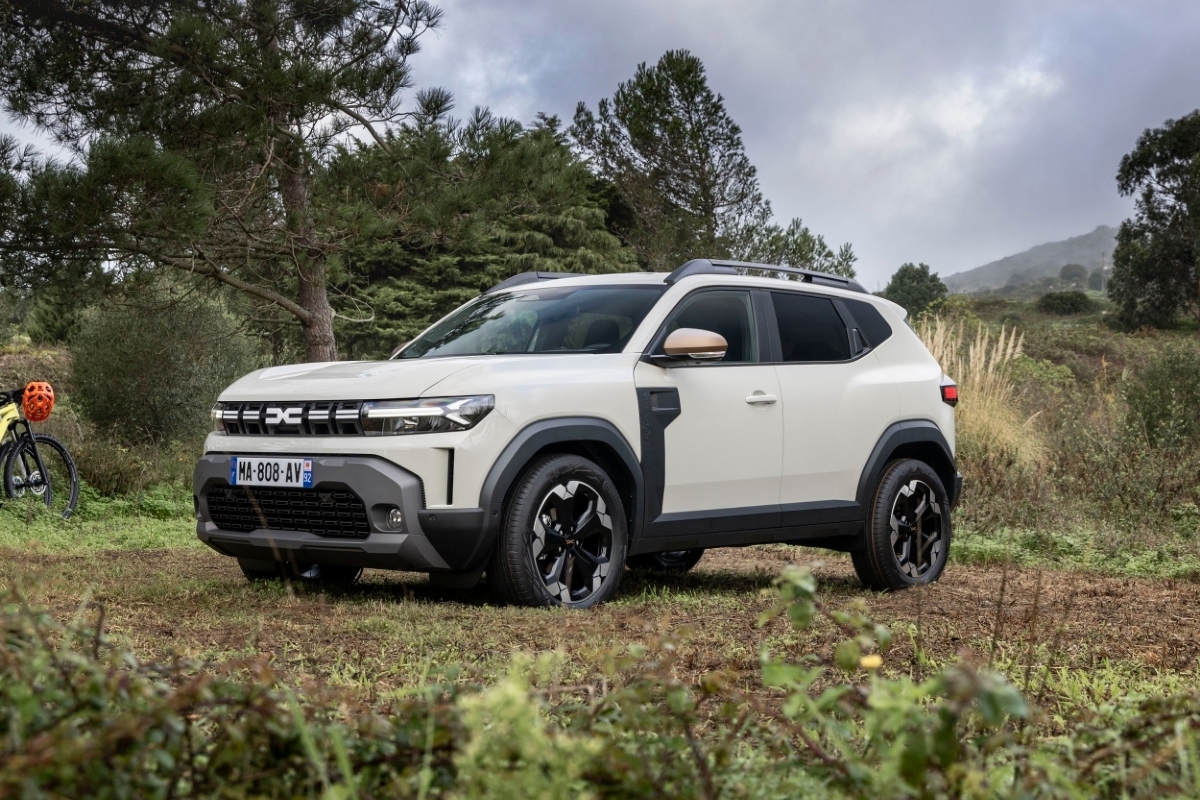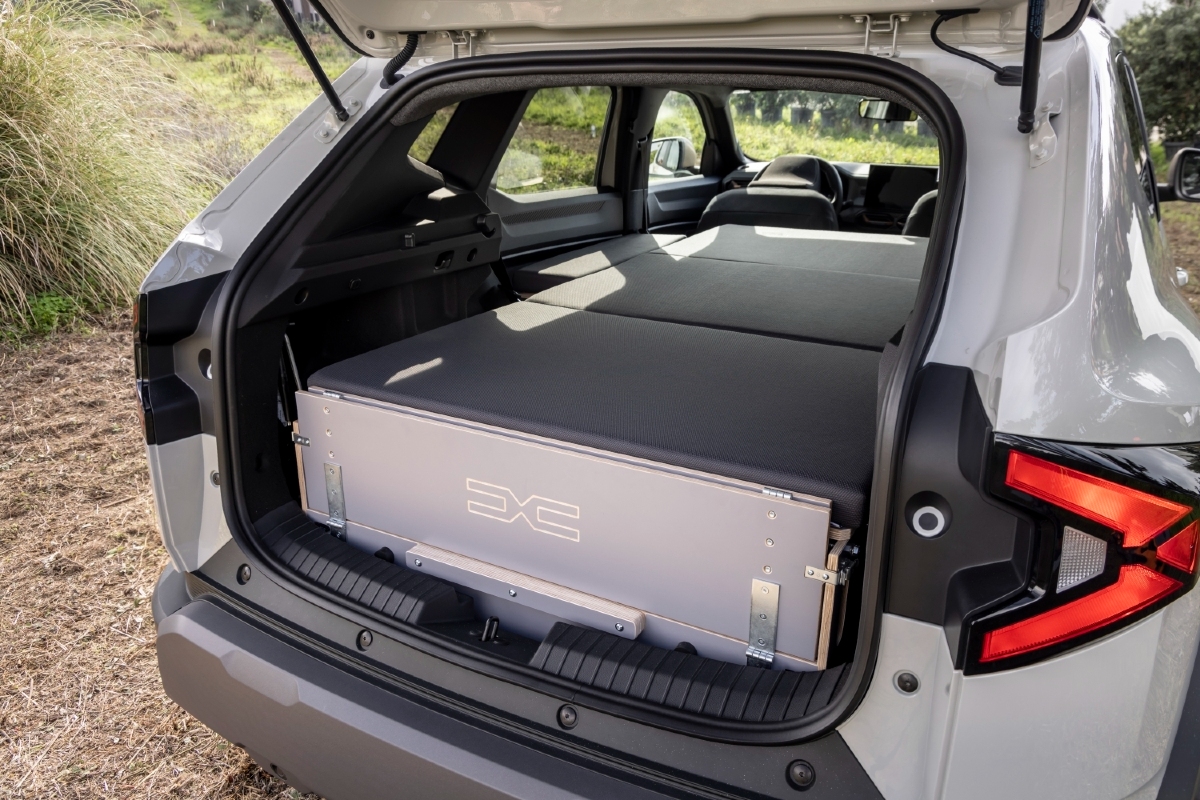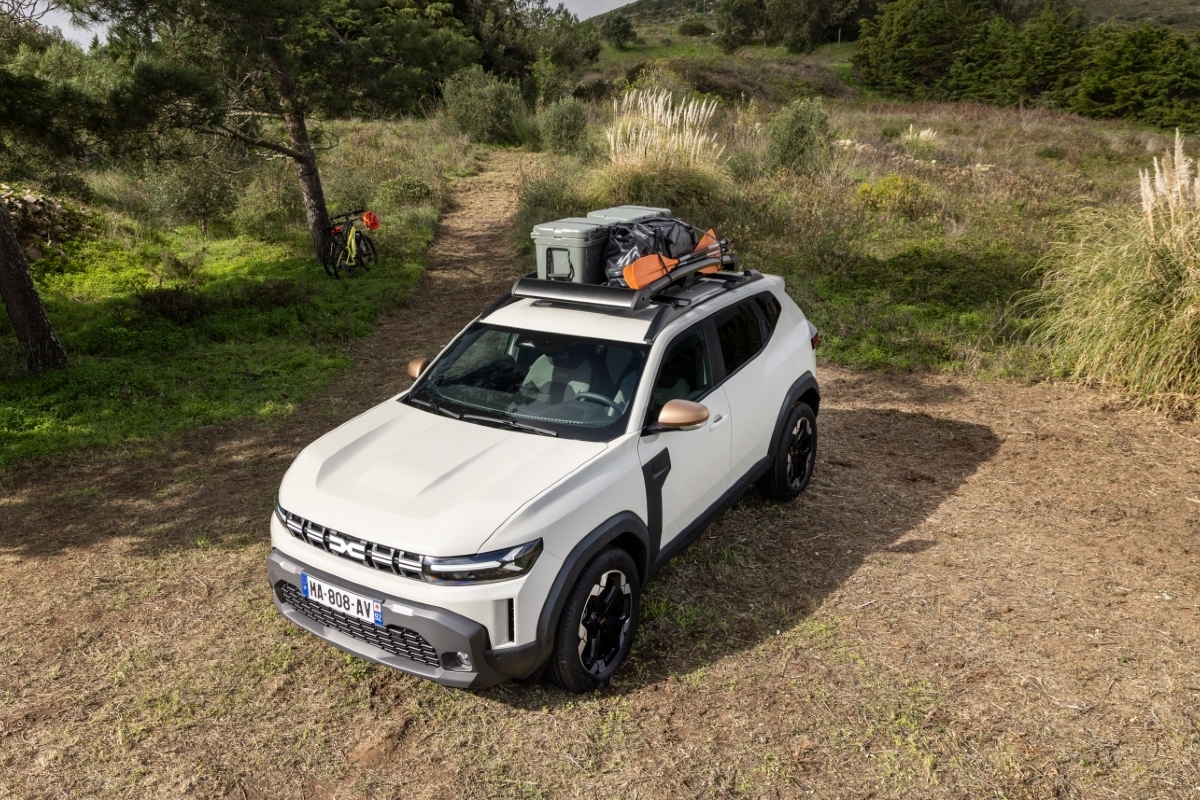
Over the last few weeks the media has been full of stories about the Federal Government’s plans for NVES, the New Vehicle Efficiency Standard, as the proposed legislation has gone out for consultation.
Predictably, much of the vehicle industry itself has pushed back whilst trying to say that they’re, of course, fully committed to saving the planet. But the fact is that we’ve developed bad habits. We love big, thirsty, cars, utes and SUVs and that’s ultimately not compatible with more-efficient use of the Earth’s natural resources, regardless of your stance on climate change.
We stand alone in the developed world (Russia apart) as the last country not to have adopted some sort of long-term plan to steer the community towards increasingly efficient vehicles, even if some of the legislation overseas appears to be pretty ineffective, and, as long as we can continue to enjoy the ‘greenest’ cars of all (that’s almost any good used car in my book) without restriction, then I’m a supporter of sensible legislation.
In the meantime, I reckon I’ve identified the best vehicle available in the world today for the average Australian motorist that ticks all the right boxes including whatever NVES rules that may come into force next year. It’s not currently sold here, but it probably will be in the not too distant future.
That vehicle is the latest, 2024 model, Dacia Duster.

What’s a Dacia? Well, Dacia is a Romanian-based subsidiary of Renault. They’ve been producing some of the most practical and well-priced vehicles for the European and North African markets for the last 25 years or so and they’re increasingly popular in richer countries such as Germany, France and the UK. That’s because they’re known for their no-frills back-to-basics offerings aimed at folks who simply have no desire for over complicated ‘electric seats & everything else’ transportation.
The latest Duster is a compact so-called SUV. If that means Small Utility Vehicle, then the tag is accurate. It looks pretty sharp and rugged and is about the size of a Toyota Corolla, albeit a little taller.
Available with two- or four-wheel-drive, the Duster can be specified in Europe with a thoroughly washable interior, without touchscreens, five seats and several different engine choices.
The bottom line is that fuel economy and CO2 emissions levels are going to be far more favourable than the average SUV cruising around the urban enclaves of Australia right now. The Duster is eminently suited to the real lifestyle of the average family here – whether it’s kids, dogs or sports kit, this is a vehicle that can take everything that’s likely to be thrown at it.

Moreover, a 2023 model Duster costs about half the price of a Toyota RAV4 in the UK and does pretty much the same job.
I’ve personally seen the abuse that the older Dacia models have been subjected to in Morocco, for instance, and they really do hold up well to the harsh environment there that they’ve been designed for. That bodes well for our local conditions.
Here in Australia I believe that the Duster can become a classless, practical, modern alternative to the over-complicated, over-specified, overweight German, Japanese and Korean so-called SUVs that have taken over our cities. For many years in Europe, this spot in the market was occupied by the Volkswagen Golf. That’s no longer true as the Golf itself has become too complex and too expensive.
I used to be a fan of Renaults years ago, with models such as the R5 in its various hot hatch forms, but I can’t see a single one that is remotely interesting today.
But the sheer unpretentious practicality of the Duster would be attractive to me and, I suspect, many other Australians if the price is right. It’s entirely because there are so many like minded people in Europe that the Dacia brand has been such a success in the last decade.
Really clever marketing of the Duster here could easily see the development of the market at a pace similar to that of Tesla with the Model 3 when that first arrived on these shores. In the same way that there was (and is) a market for Teslas here and what they represent, whether you’re a fan or not, the Duster can quickly become the default choice of the no-nonsense, practical consumer who simply wants economical and trouble free motoring.

I’d also venture to suggest that a new Duster is a more environmentally friendly alterative to a Tesla Model 3 as it happens, once you take into account the carbon footprint of production. Moreover, as has recently been highlighted in worldwide media, the heavier the car (and electric cars are inevitably heavy) the more the tyre and road wear. Tyre wear produces particulate pollutants in particular.
Dacia represents a real potential opportunity here for a range that can be sold at similar price points to the ever increasing Chinese brands. Many folk simply don’t want to buy a Chinese car. That’s not racist, it’s as much a spill over from geopolitical realities as anything.
If I were running Ateco, the company that imports Renault into this country these days, and with, presumably, a first option on the rights to Dacia here, I’d be seeking to bring the Dacia brand in as soon as possible. Given that Ateco also imports the RAM truck/ute range, Dacia would be the perfect foil for any NVES legislation that impacts negatively on the high end part of the ute market. If they push it as hard as they have done with their Chinese brands (LDV for instance), then success is assured!
Put my name down for one please.













Discussion about this post